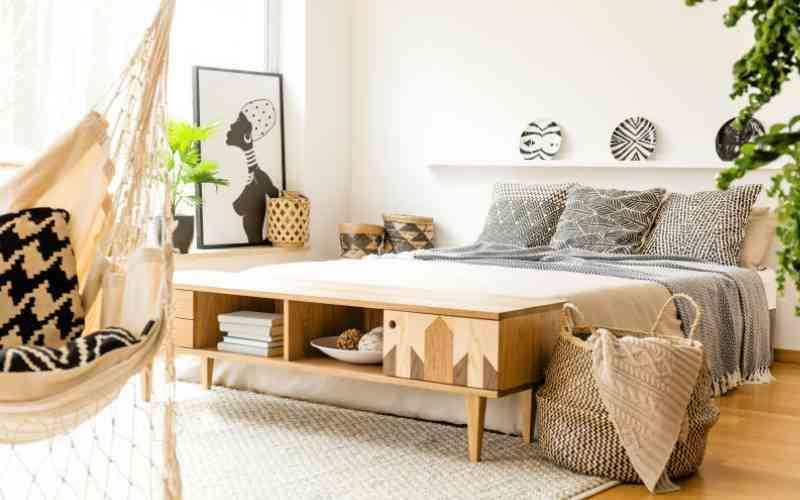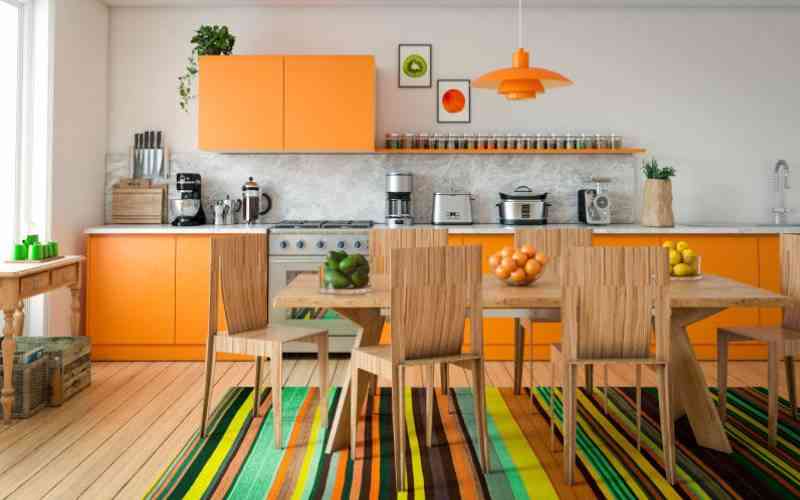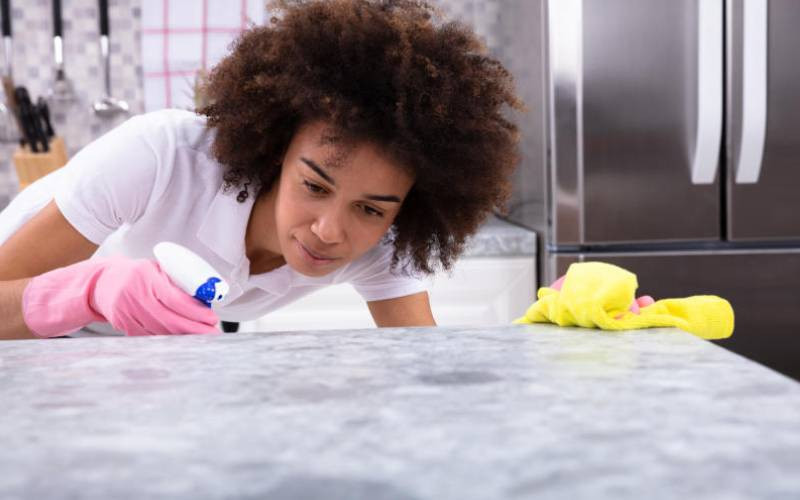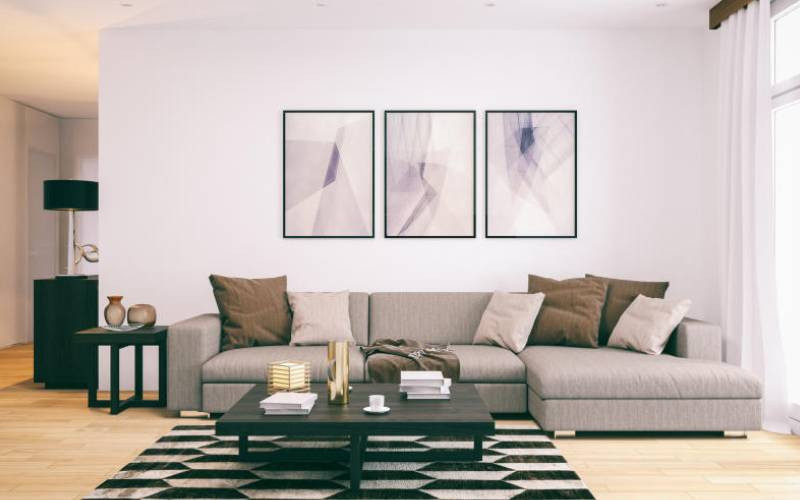
Selecting containers for your garden, balcony or indoor planting is more than just picking your favourite from the first roadside vendor you come across. Besides choosing a style, shape and colour that suits your decorating theme, you also need to consider the material from which the containers are made.
Clay pots
Clay pots may be glazed or unglazed, coloured or patterned, light or dark in colour. They are attractive and can make a long-lasting addition to the garden, often improving with age and wear. They also suit a wide range of applications and garden styles.
Clay pots are, however, best avoided in exposed sites because they are fragile and easily broken. Being a porous material, plants also tend to dry out quickly under exposed conditions. Because of their weight, their mobility is also limited.
Metal
Containers made of metal may seem like a contemporary idea, but some of the most desirable antique pots are made of lead. Modern metal containers tend to be made of steel or galvanized aluminium and are simply styled, unlike lead planters, which feature more elaborate, classical designs.

By nature, metal containers are long-lasting, and can be heavy (especially the lead ones), which makes them good for open sites. They can also be stylish and rich. They are, however, comparatively more expensive. They also usually look out of place in informal gardens and may not suit some plants.
Wooden
Wood is a good material for a planter; it is soft, warm and very versatile. It weathers beautifully if treated and suits a very wide range of situations. Although fairly lightweight and therefore easily moved, wooden containers are strong and durable. They are also extremely attractive and are a good choice for situations where large planters are required.
Good-quality wooden containers can, however, be expensive, especially those suited to more formal sites. They also need regular treatment with preservatives to keep them looking good.
Stone
Pots and containers made of stone make beautiful ornamental planters. Granite containers can be used to give a Japanese feel, while old stone troughs suit alpines and other small plants. Being heavy, they are not easily stolen or knocked over and are long-lasting.
Stone also looks good and gives a feel of permanence, especially once it has become colonised by mosses and lichens in an informal garden.
Genuine stone containers are expensive and often many people feel that a concrete alternative gives better value. Their mobility is also limited due to their weight.
Synthetic Pots
Plastic has long been used as a material for pots, and it may be disguised to look like clay, wood, or stone, although not always convincingly. Increasingly, resins and other new materials are being used instead of plastic.
They are generally lightweight and easy to handle and transport. They also tend to be tougher and more durable than clay and are far cheaper than stone or wood. They however lack the charm of traditional materials and age rather ungracefully.
 The Standard Group Plc is a multi-media organization with investments in media platforms spanning newspaper print
operations, television, radio broadcasting, digital and online services. The Standard Group is recognized as a
leading multi-media house in Kenya with a key influence in matters of national and international interest.
The Standard Group Plc is a multi-media organization with investments in media platforms spanning newspaper print
operations, television, radio broadcasting, digital and online services. The Standard Group is recognized as a
leading multi-media house in Kenya with a key influence in matters of national and international interest.










